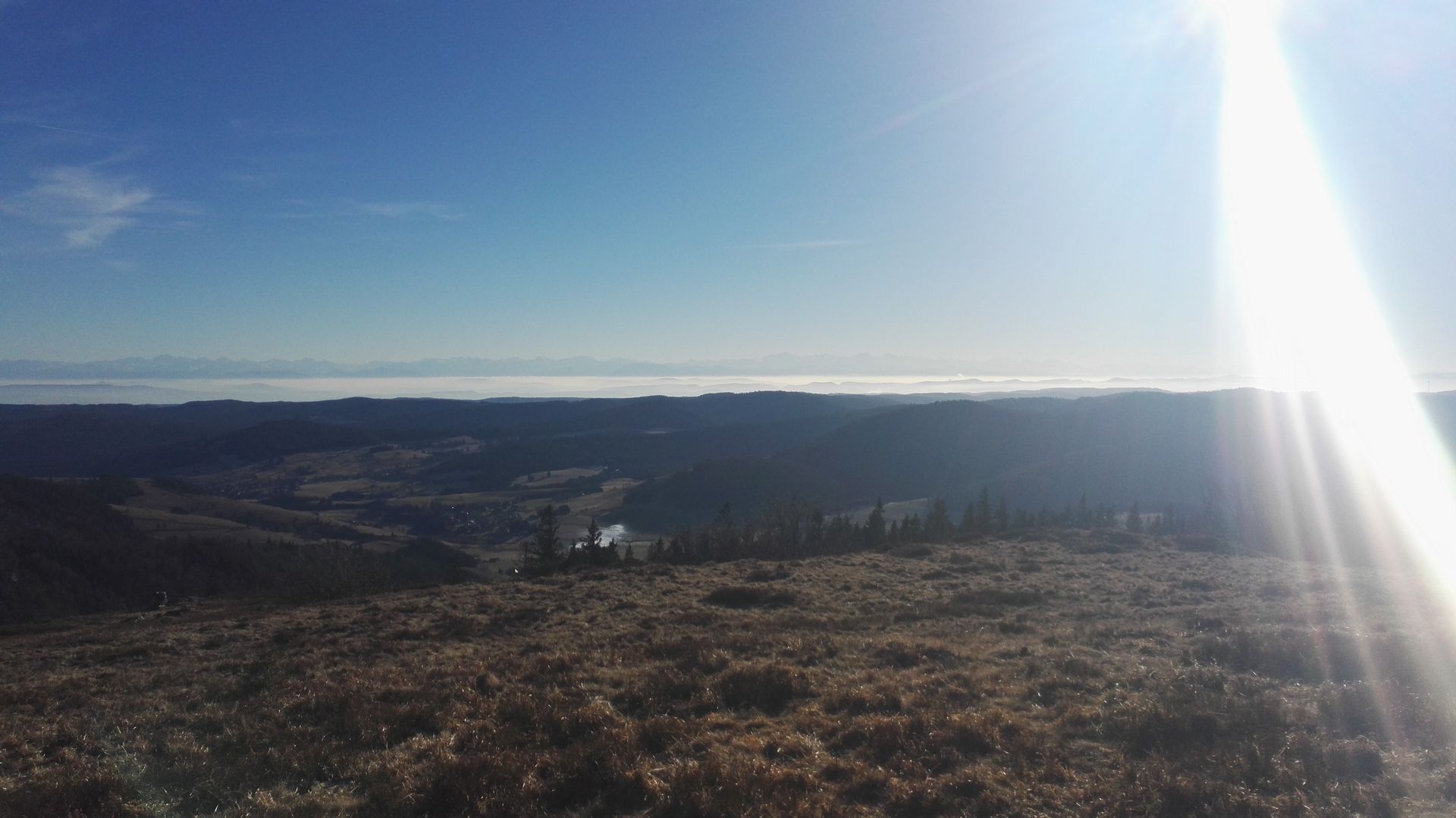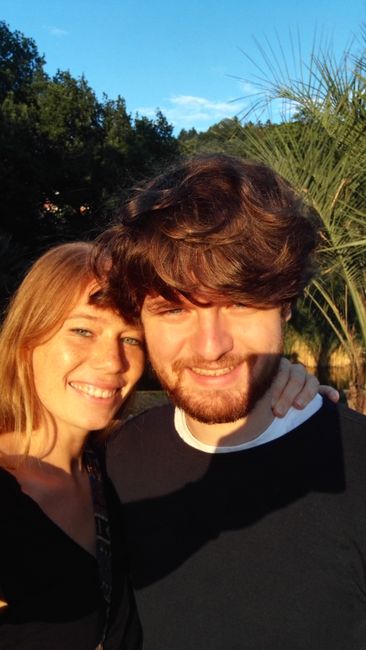Bolivia - so high, brown and beautiful
Naipablaak: 05.02.2019
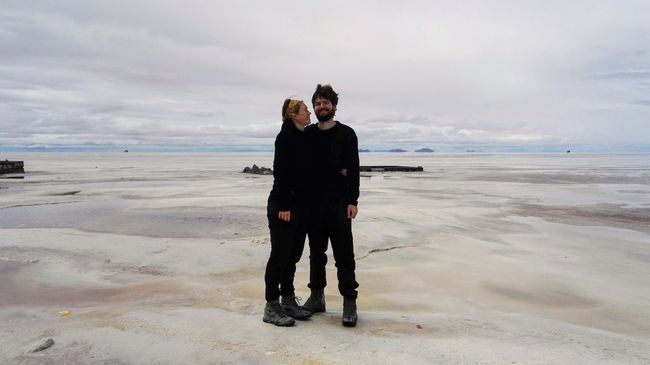
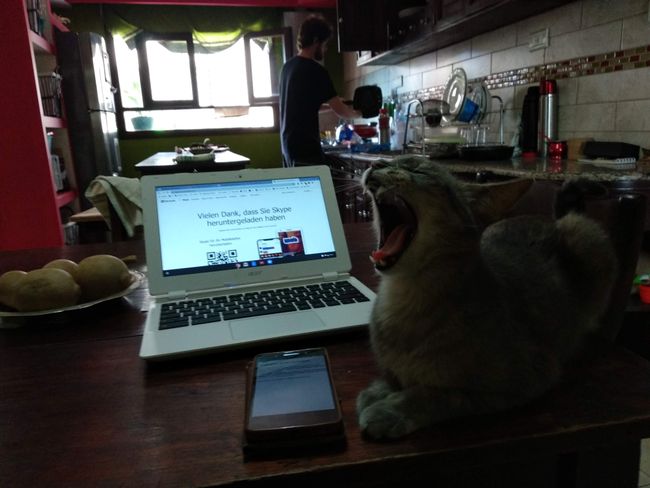
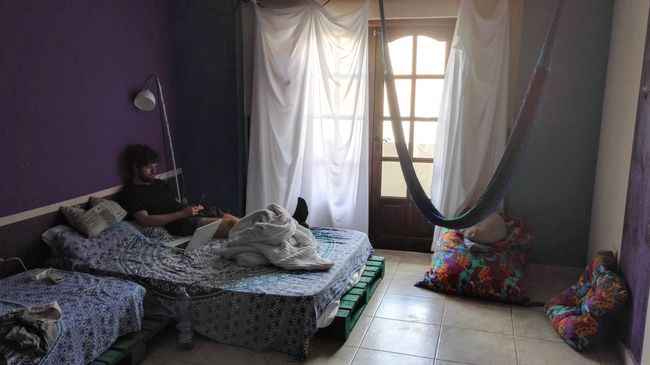
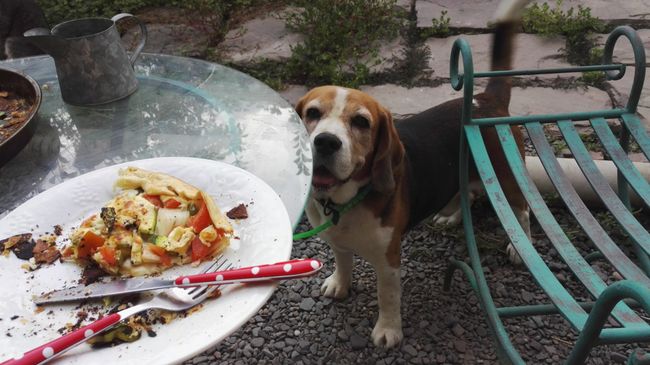
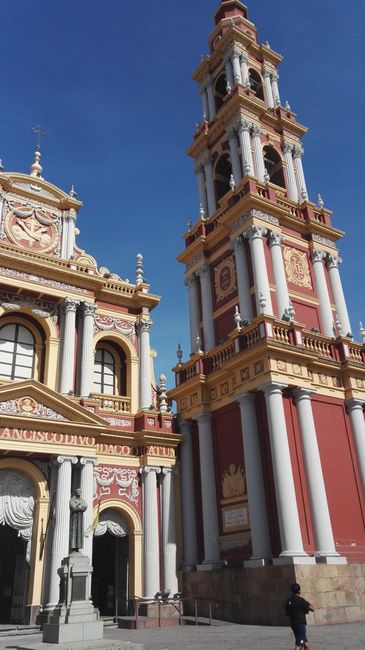
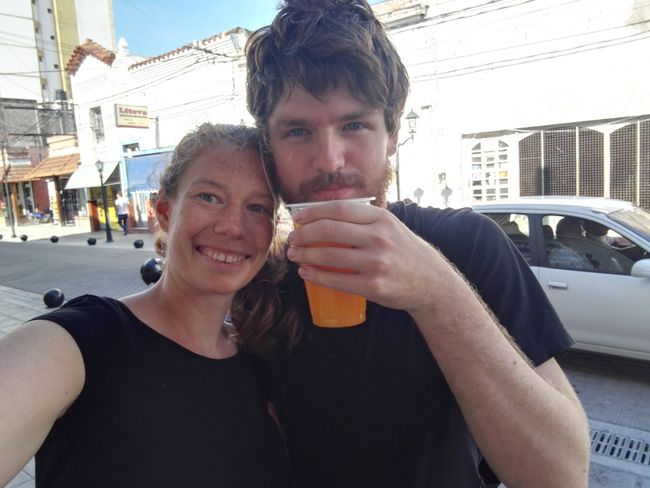
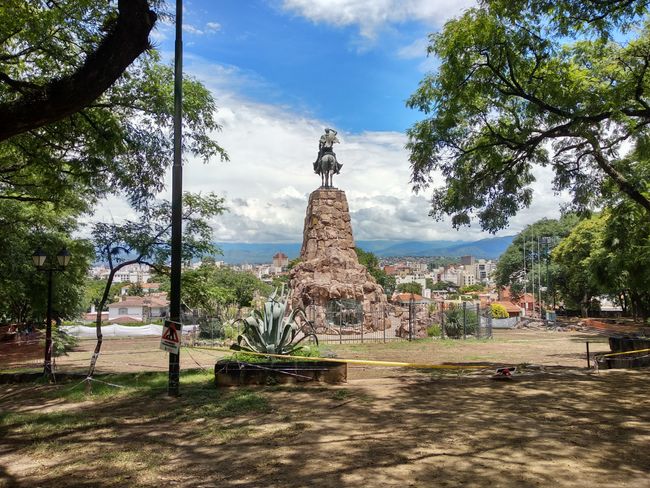
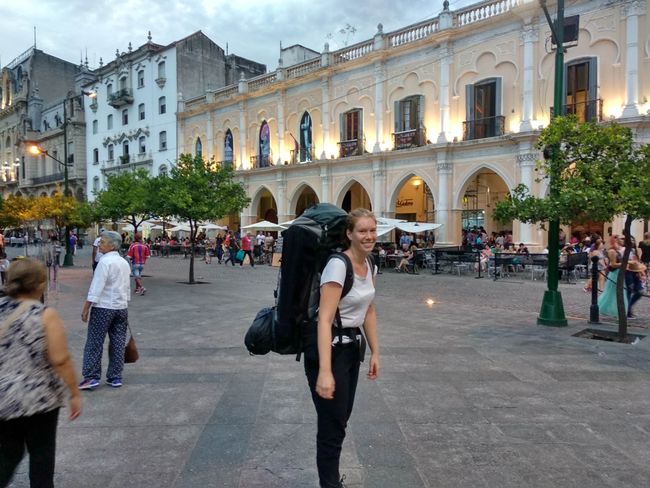
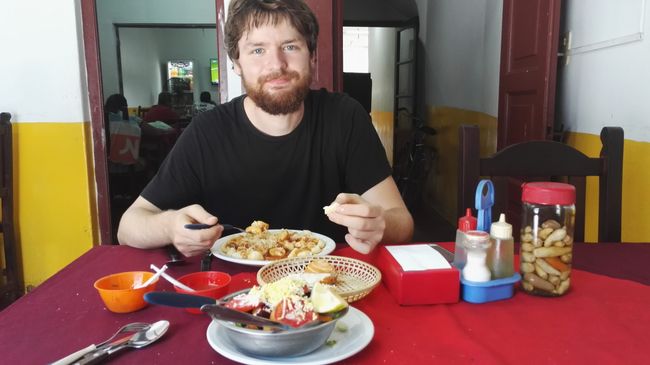
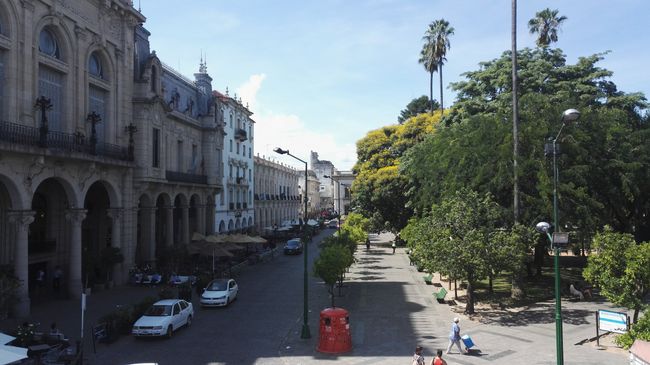
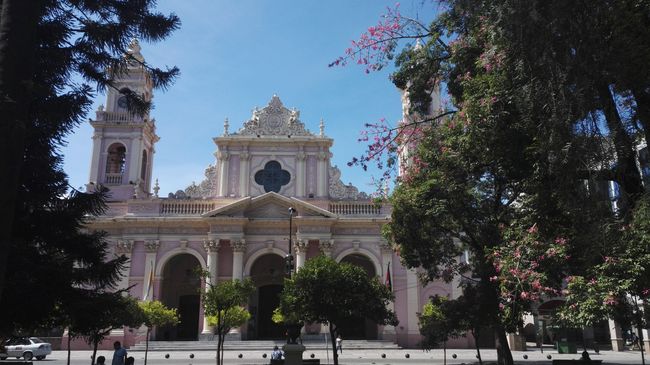
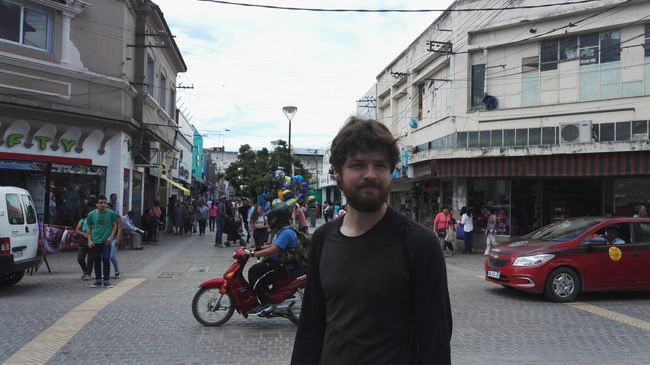
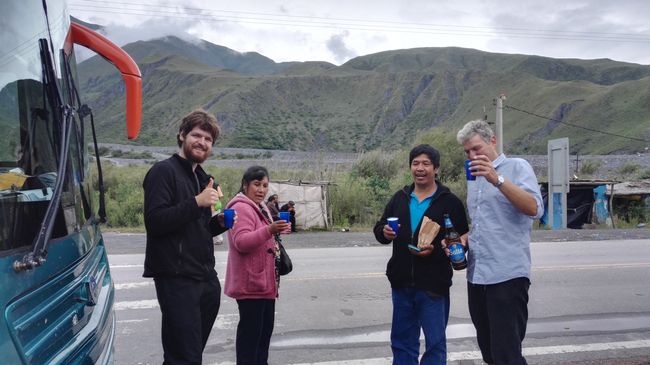
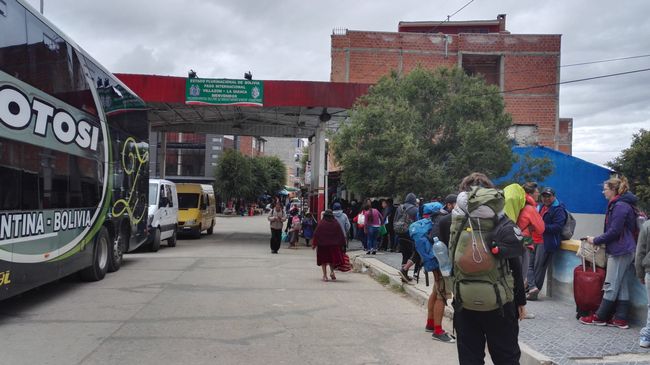
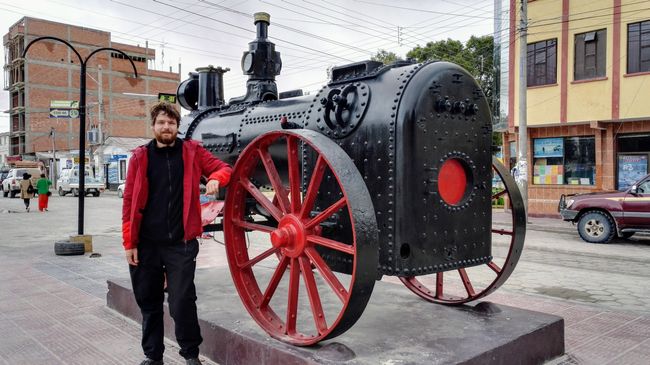
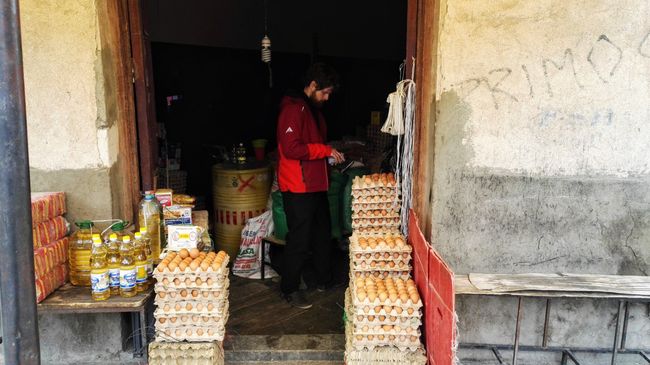
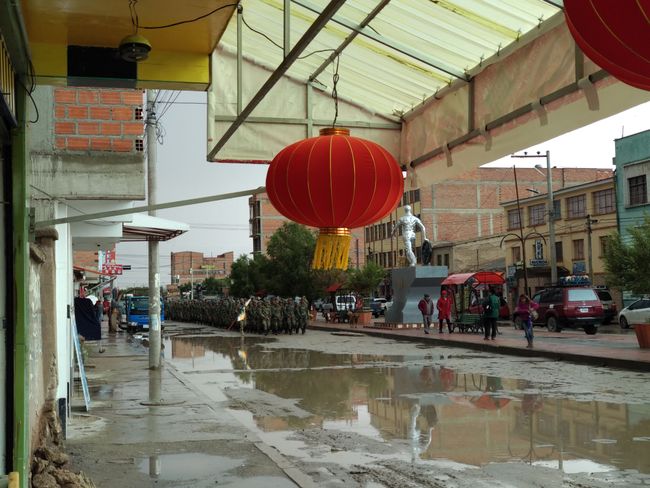
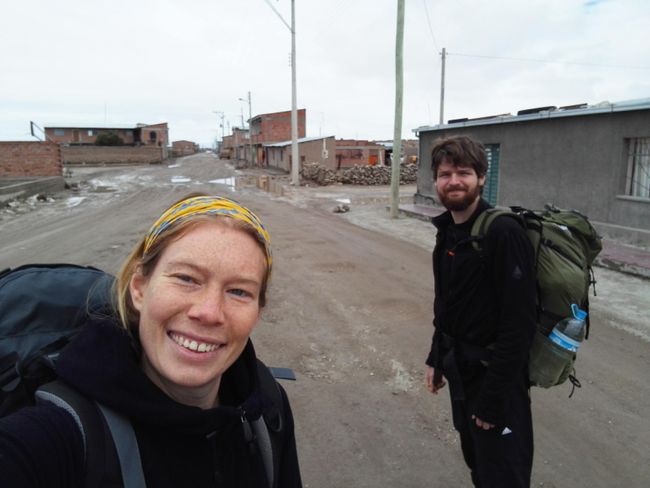
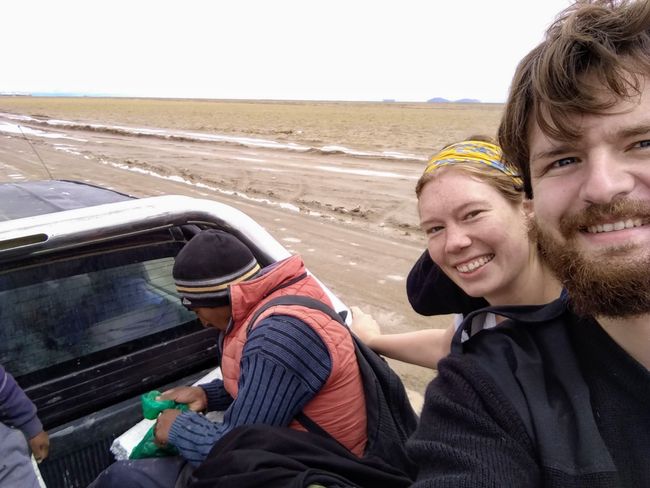
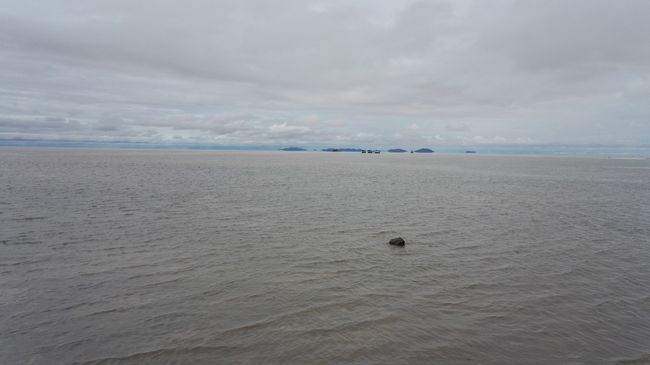
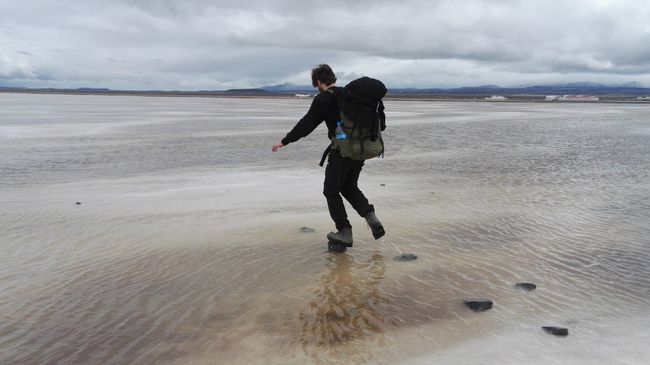
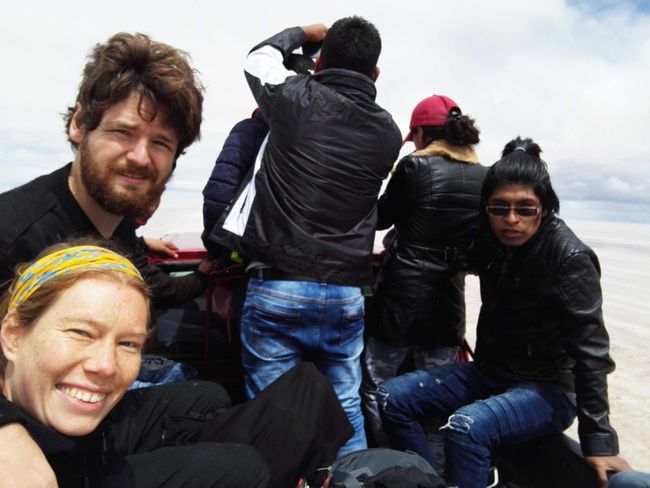
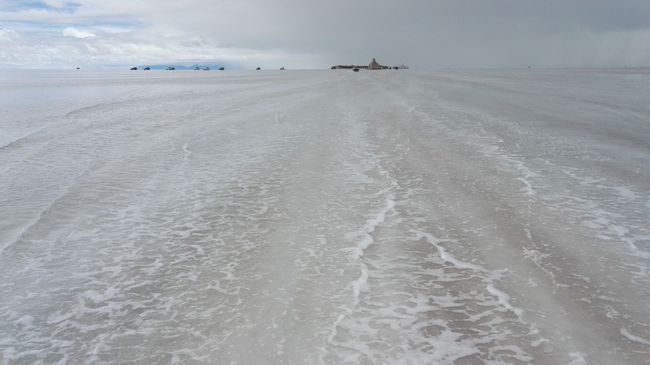
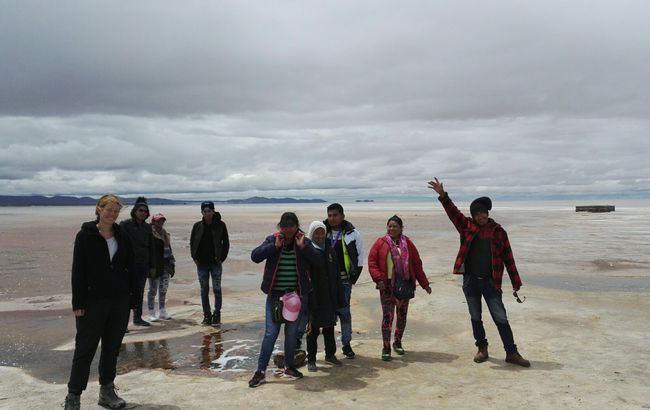
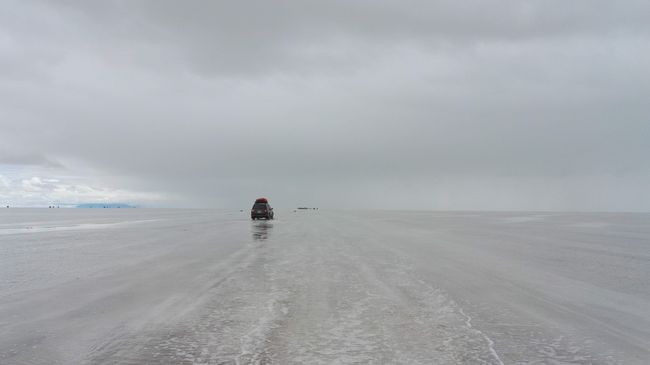
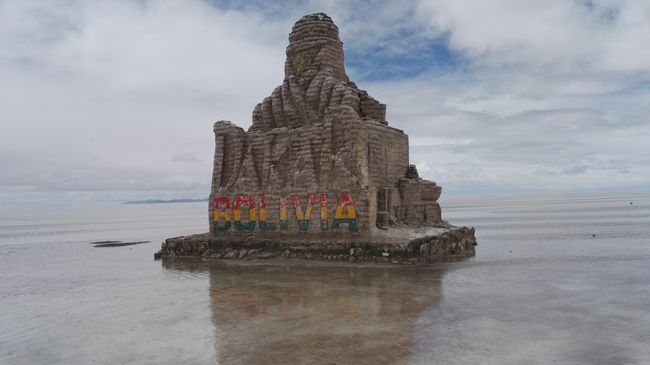
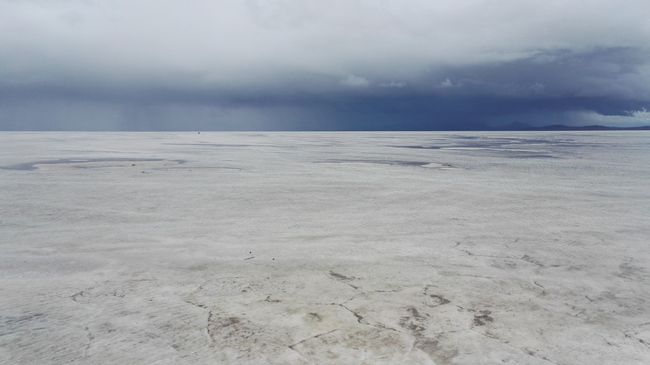

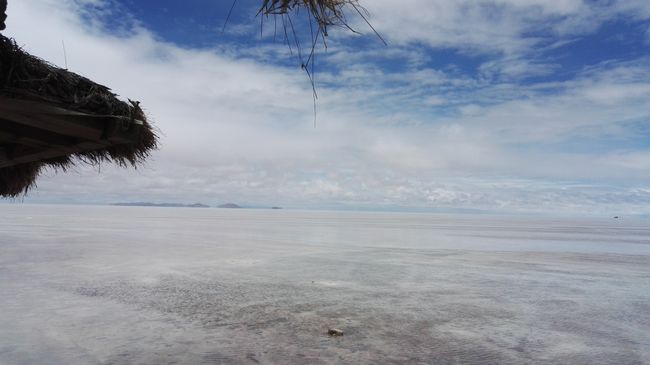
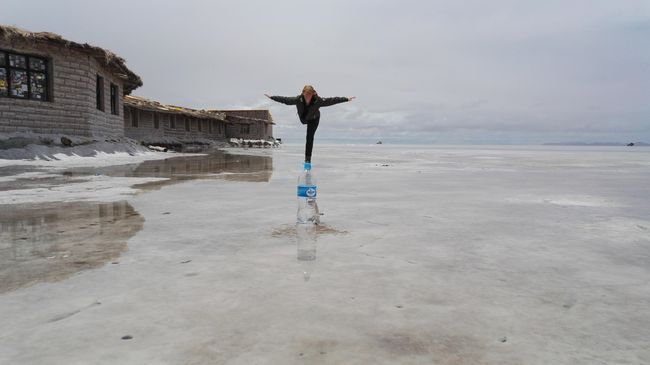
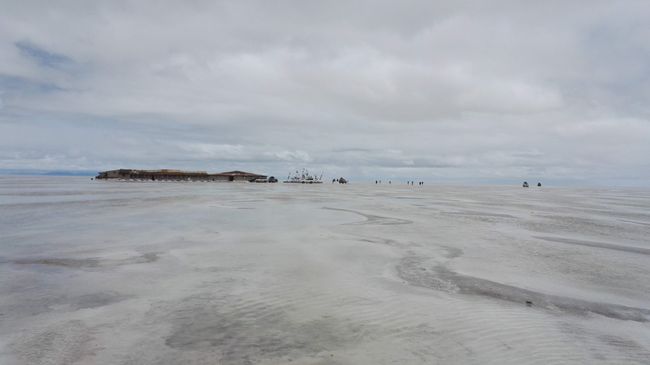
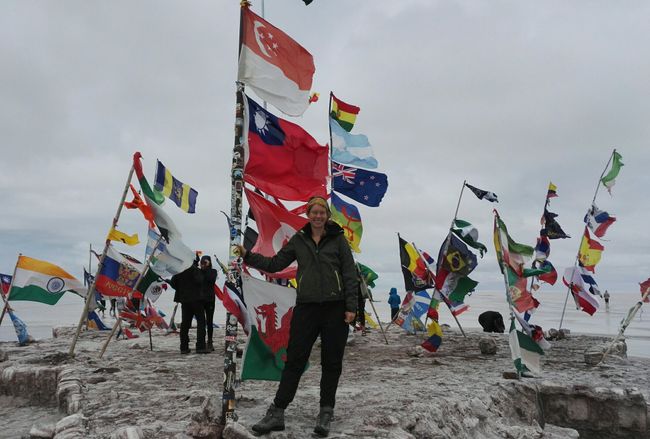
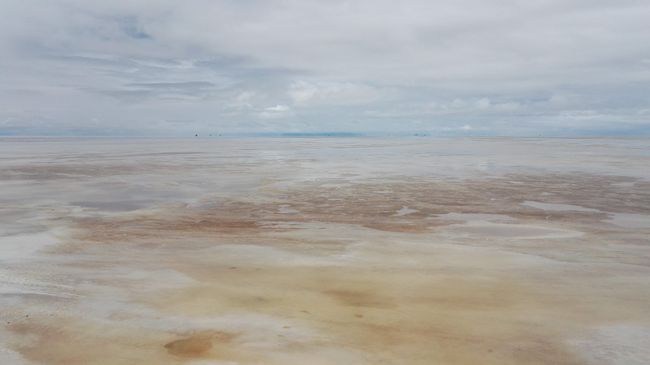
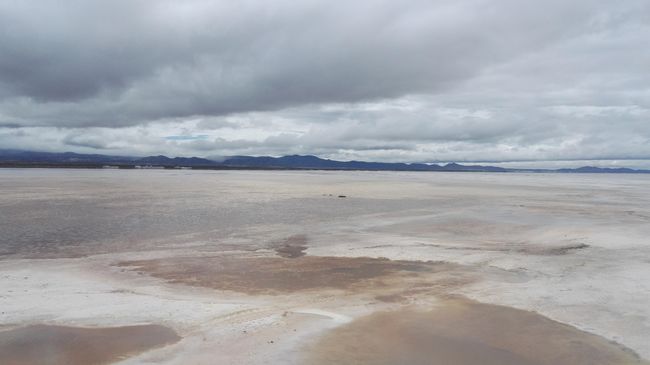

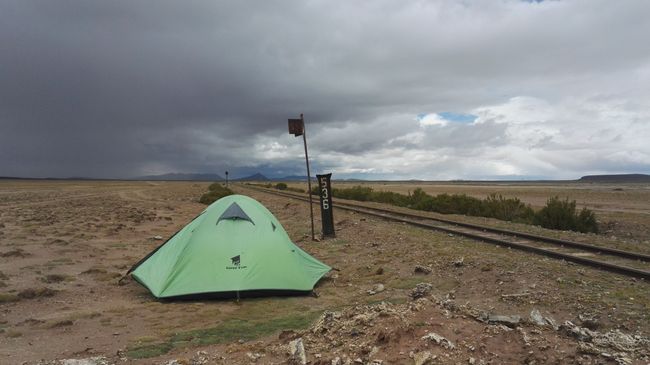
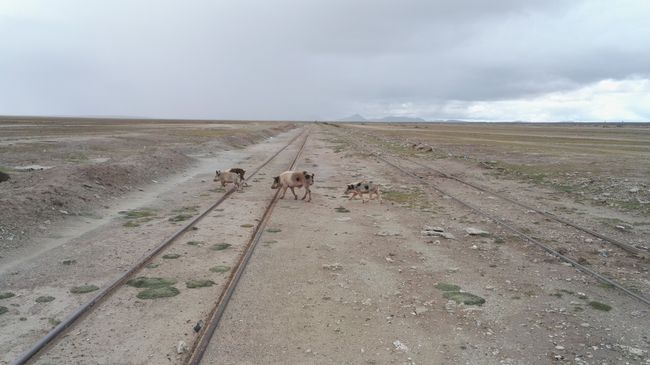
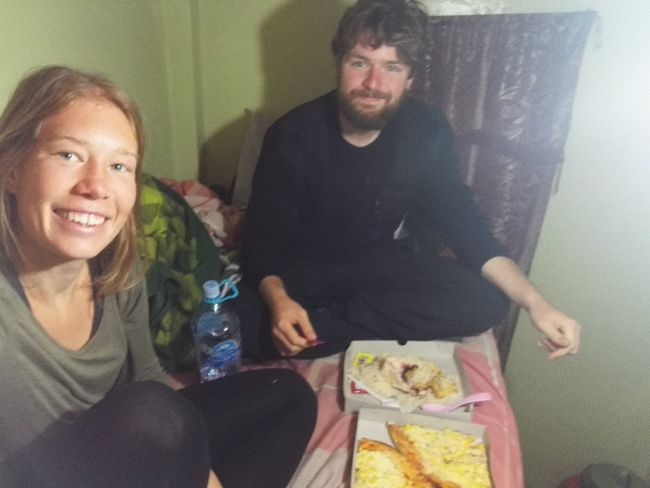
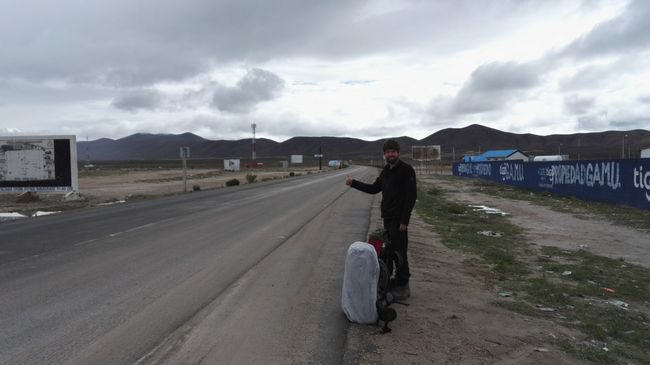
Agsubscribe iti Newsletter
From the misunderstanding in our hostel in Salta, an unintended 24-hour bus ride to exploring a salt flat.
In Salta, we stay in a cozy hostel for 4 days, with a large communal kitchen and living area. To Miriam's delight, there is also a cuddly house cat and a funny dog.
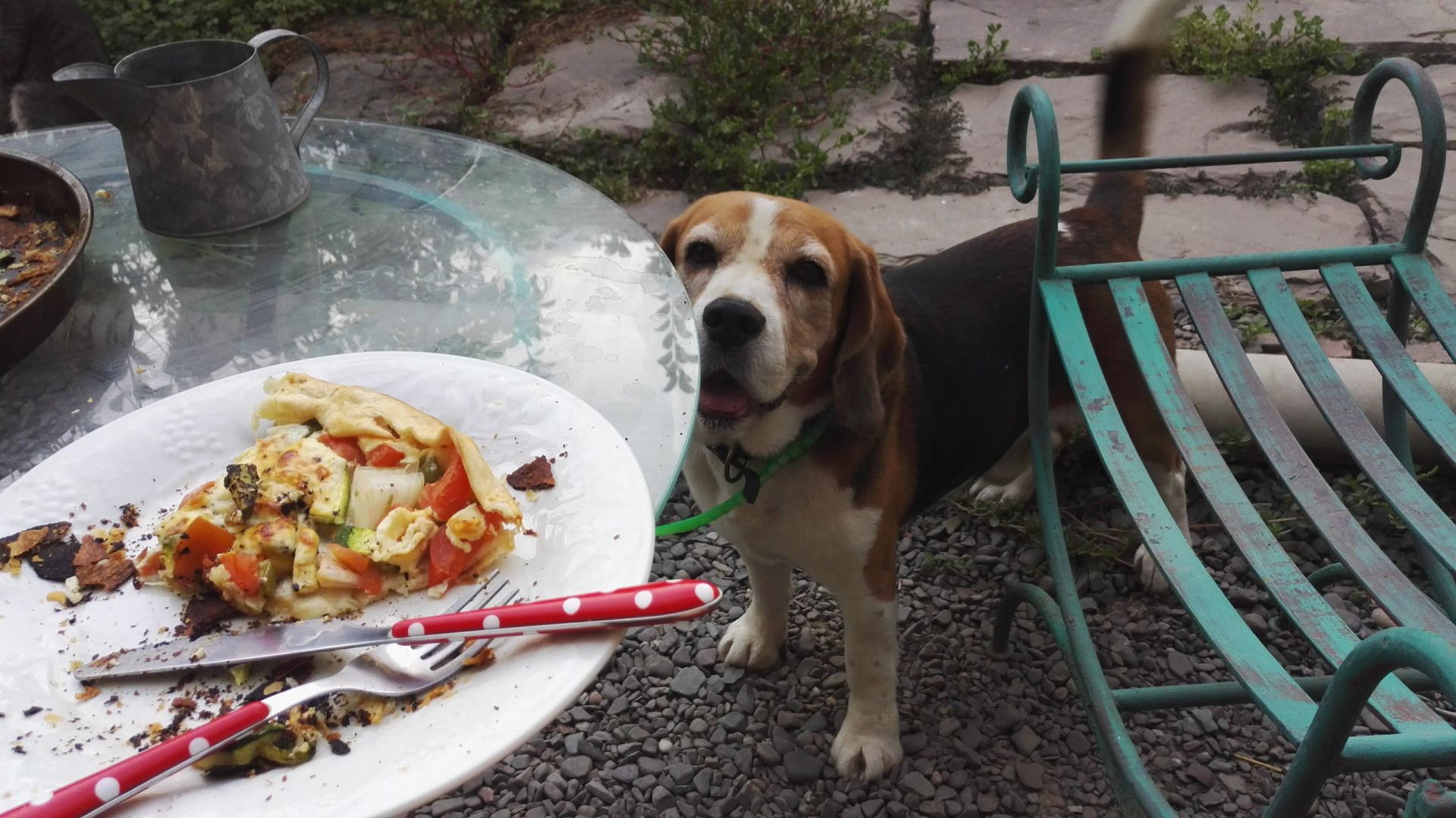
We meet a nice Brazilian couple. Brazil is not on our route, but we joke that we will see each other again in 10 years. Otherwise, we explore Salta, a lively little town with great churches and visit a museum. We also hike up the local mountain, recommended by the locals. However, when we reach the top, we are disappointed because there is no view due to all the construction.
Because we like the hostel so much, we ask the responsible woman if we can extend our stay for one more night. Of course, she says, but we can't reserve online anymore. However, we ask the woman a few more times and it doesn't seem to be a problem. When we come back from our excursion the next afternoon, the woman is very frantic and tells us that there is an overbooking and our room is no longer available. At first, we are a bit frustrated, but then we see it as a sign to spontaneously book a night bus to the border of Bolivia to leave Argentina behind. In Argentina, we have met many nice people, experienced country life and seen some interesting cities. We are now looking forward to a less European experience in Bolivia. But the bus driver says we can't ride because we haven't printed the ticket. He gets his boss and he confirms: no ride without a printout. Jakob has 5 minutes to find a printer somewhere. At the information center, they tell me that the printer is broken. I run from counter to counter at the bus agencies and almost beg the man behind the counter. But he just points to a piece of paper that says: no printouts and refers me back to the information center. Finally, he gives in. We are relieved and able to ride. We should have arrived at the border at 5:30 in the morning. But when we wake up in the morning, the bus is stopped. People are getting restless and we get off. Due to heavy rain, there has been a landslide - a truck has been buried. Fortunately, the people in the cab could climb out and we have to wait until the road is cleared. This naturally takes time. There is a small café around the corner where we have breakfast with Alex, a teacher from Hanover. It takes a total of 8 hours until we can continue: In the meantime, Alex buys beer for us and we raise our plastic cups with a nice Bolivian couple. We walk over the border with Alex. Before we join the line, we get a piece of warm apple cake from a street vendor that tastes better than anything we have had in a long time.
Another 7 hours by bus from the border to Uyuni and we finally arrive at our hostel at midnight. The next day, we are exhausted from the bus ride and the lack of drinking and we notice the difference in altitude - now at 3,600 meters. We are located on the 6th floor and the stairs make us out of breath. In the city, we see soldiers marching along the street while singing.
The next day, we head to the Salar de Uyuni. It is the largest (over 10,000 square kilometers) and highest salt flat in the world and contrary to all the tourists, we want to visit it without a tour. We take a local bus to Colchani, a small village mainly consisting of salt and adobe huts, where a path leads to the edge of the desert. A few workers who mine salt there give us a ride in their Jeep, saving us from walking 5 km on the sandy road. We have found a route on the internet that will lead us on foot to bubbling springs and a sand hotel, among other things. Excited, we start walking, but we realize that the rainy season has flooded the salt flat and the water is ankle-deep, like in a giant bathtub. Jakob has the idea to go on with three big stones, but a red Jeep with a Bolivian extended family drives by and they offer to take us for 7€ (a tour would have cost 40€). So, we end up sitting in a Jeep like all the other tourists. The landscape feels foreign and thanks to the mirror-like effect of the ankle-deep water-filled basin, strange air effects can be observed: mountains seem to have no foundation, Jeeps appear as big as ships, then like buses until they are tiny in front of you.
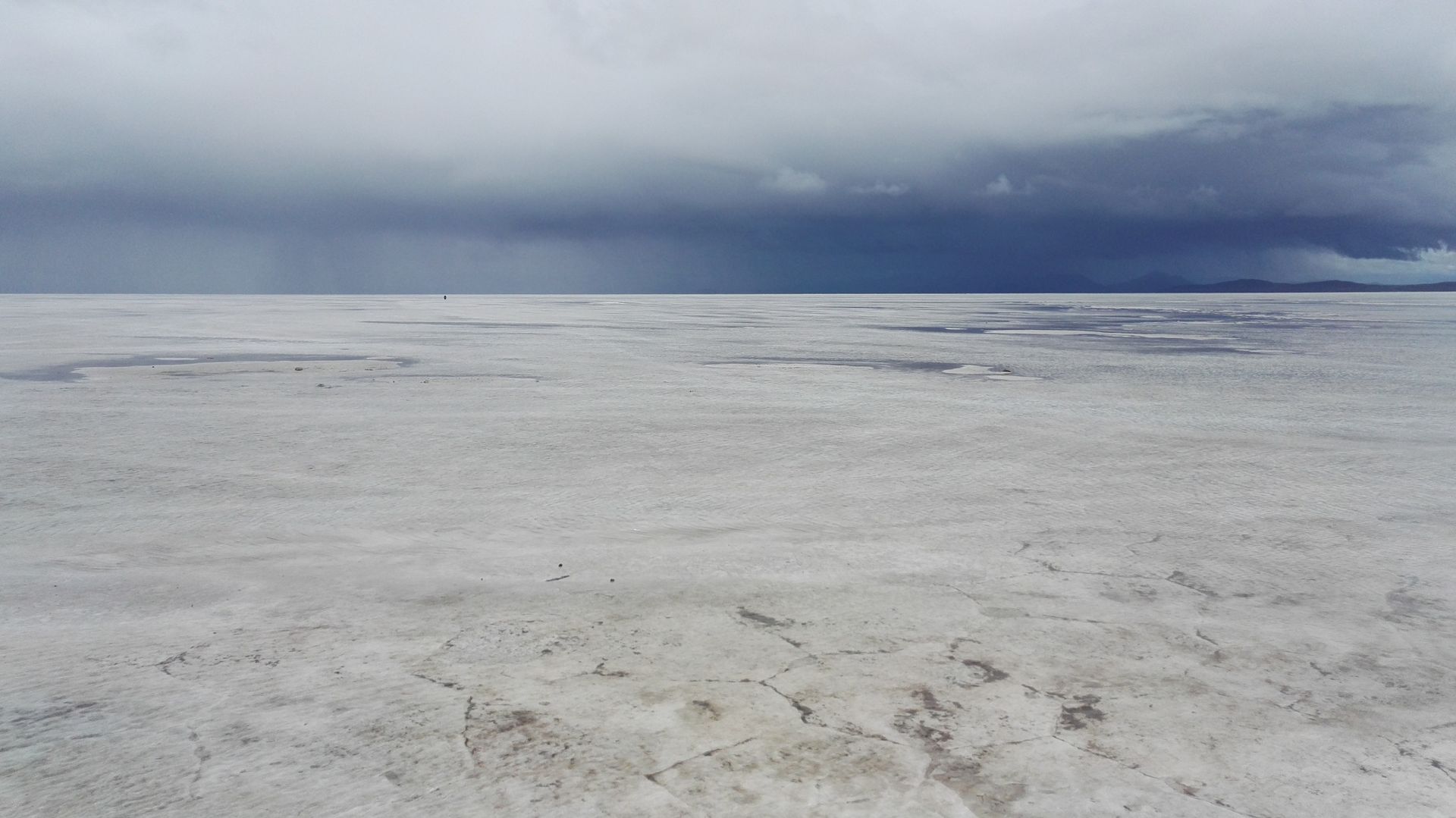
And if it weren't for the countless tourist jeeps, you would feel like you are on another planet. Sometimes, the horizon cannot be distinguished anymore, causing the landscape and the sky to blend together.
After the tour, we treat ourselves to a beer, and we only realize later that it is from Germany and the cheapest option available. We walk along the train tracks in the village of Colchani, thinking that no trains would be passing by, and set up our tent next to the tracks.
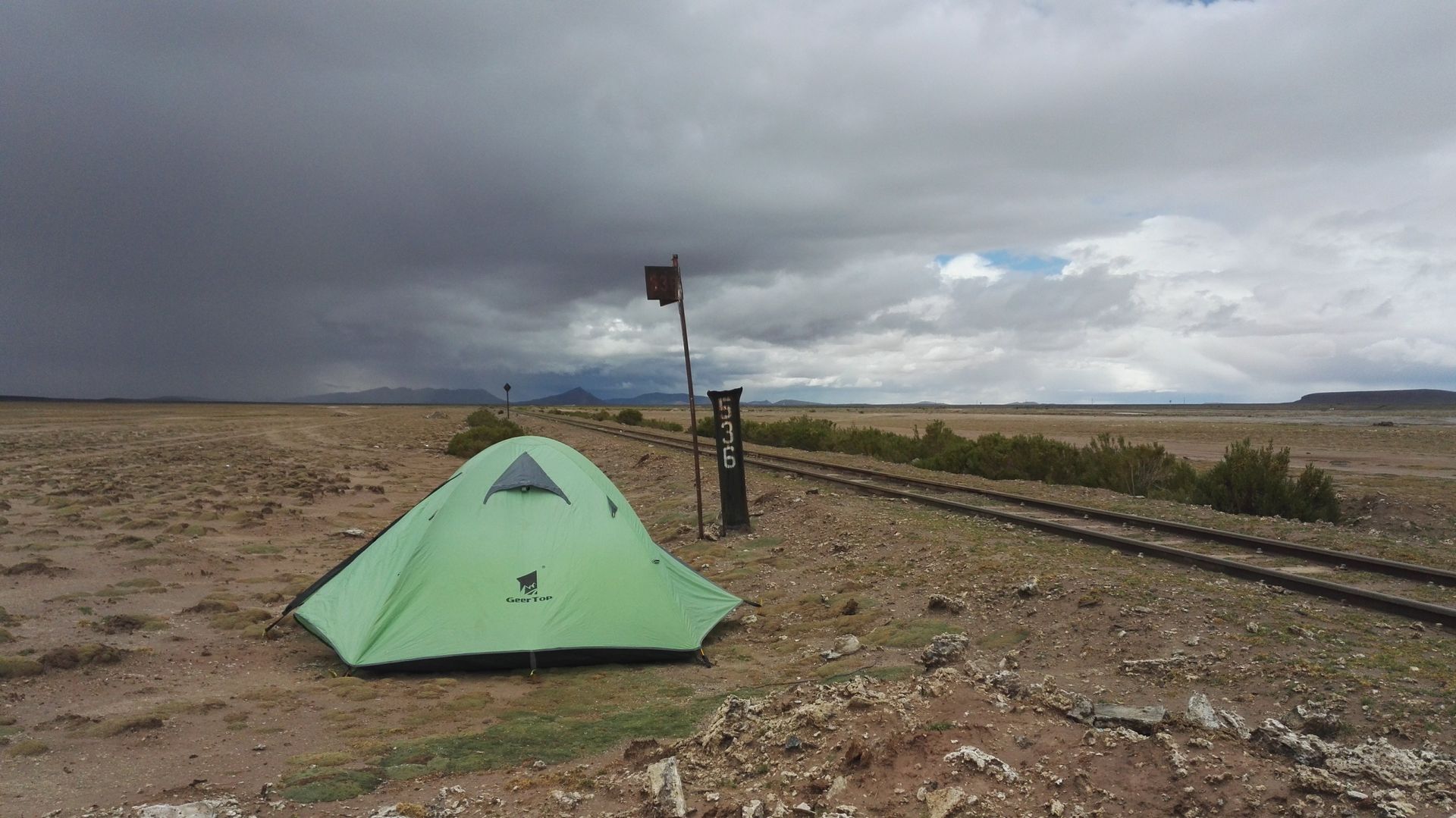
The plan for the next day is to take a local bus that crosses the salt flat and visit a small village with a volcano at the other end of the salt flat. But everything turns out differently. A rusty iron rod sticks up next to our tent, so we are no longer the highest point in the flat, expansive landscape reminiscent of Mongolia. For dinner, we have dry bread and butter cookies. We enjoy the peace and vastness of the landscape, with only a few pigs and dogs wandering around. In the middle of the night, we suddenly wake up: thunder roars, crackles, and the ground vibrates - a bright beam of light captures us and a loud whistle pierces the night. Paranoid and full of fear, we open the zipper of our tent and a freight train passes by just two meters away from our tent. We didn't expect that. The fact that a second train passes by shortly afterwards doesn't help us sleep better. The next day, we wake up and Miriam looks at me. She doesn't look normal. Her whole face is swollen and she can hardly open her eyes. Panic. We are not sure what is happening: a bite from a vinchuca bug? An allergic reaction? We pack up and hitchhike back to Uyuni to go to the hospital. They assure us that it is most likely a reaction to the salt and the dry air. We are relieved because the swelling has subsided by now. The picture would not be suitable for minors.
The next day, we stand by the road, hitchhiking to Potosi. Unfortunately, hardly any cars pass by, and when the bus comes, we ride for the equivalent of 3 euros. We are glad to leave Uyuni behind, as it is more expensive than Argentina and tours to the salt flat are sold on every corner. We ride the bus up mountains and down valleys, the landscape appears in bright shades of brown, rocks shine in different shades of red, llamas graze together with cows on green meadows, and occasionally, you can also see trees.
Agsubscribe iti Newsletter
Sungbat (3)
nononwil
Wahnsinnig tolle Bilder.du
Ein Abenteuer nach dem anderen! Kim
Ohh was ihr alles erlebt... so aufregend!:)
Dagiti report ti panagbiahe Bolivia
